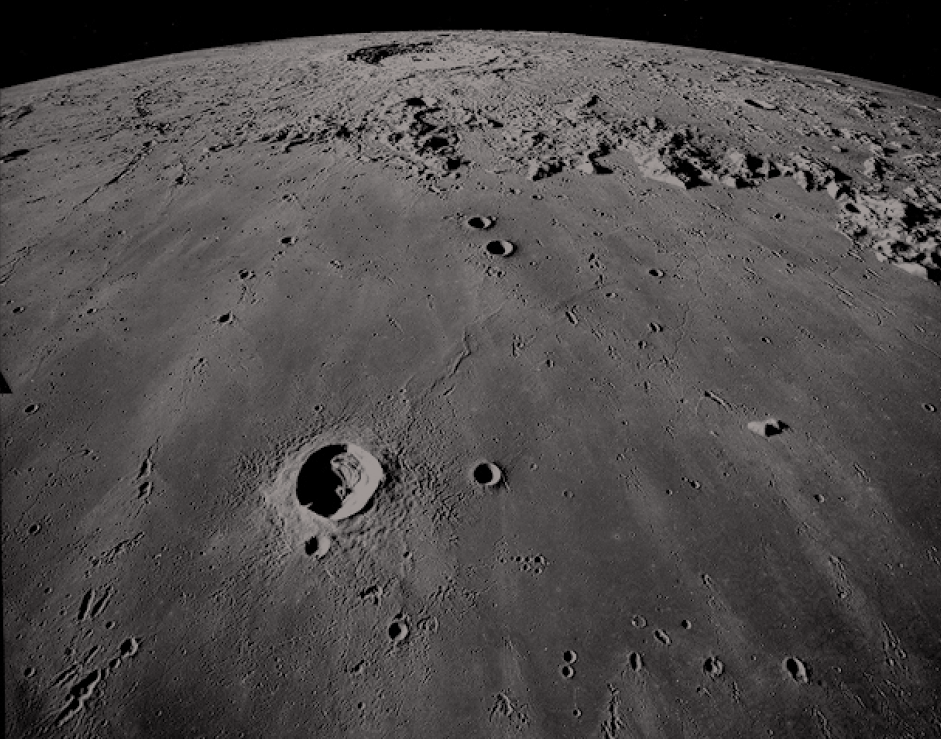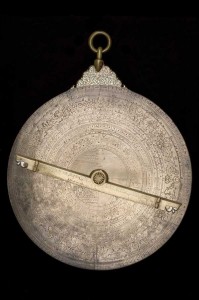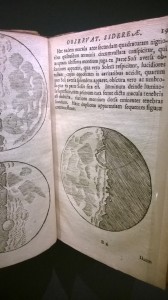
Entrance Gallery
14 October 2014 – 5 April 2015
Today we open our latest temporary exhibition, Moonstruck. This set of small displays of material from across the collection reveals the inspirational power of the Moon for scientists, astrologers, navigators, artists, and many others.

An astrolabe with lunar mansions, by Abd al-Karim, Jazira (Mesopotamia)?, 1227/8; inv. 37148
The Moon is the Earth’s nearest neighbour in space – the silver to the Sun’s gold. It has been an object of wonder and study throughout history. In September this year, a supermoon event occurred; this is when the Moon’s elliptical orbit reaches its closest point to the Earth and the Moon appears at its largest in the sky.
Along with the other celestial bodies – the planets and stars – the Moon has long been thought to influence what happens here on Earth. This is an idea central to astrology, a practice that was much more widely accepted before 1700 than it is now. In fact, ‘supermoon’ is an astrological rather than astronomical term.
The path of the Moon through the sky is divided into 28 different ‘lunar mansions’ on some astrolabes, each related to a different group of background stars and so believed to have different impacts on events on Earth.

Galileo’s Sidereus Nuncius (1610)
You can tell the time by the Moon too. For a few days at full moon, it is bright enough to cast shadows, so a sundial can be adapted to display the time by moonlight. And by the mid-18th century, when the Moon’s complex movements against the background stars had been calculated, it became possible for navigators to calculate their longitude – a crucial and difficult measurement at sea – using a sextant to read the angle between the Moon and a reference star.
The exhibition also shows depictions of the Moon, from Galileo’s drawings in Sidereus Nuncius to the beautiful moon globe by 18th-century artist John Russell. Along with tide-tables and a silver amulet intended to defend against the Evil Eye, Moonstruck offers a flavour of scientific, artistic and folklore fascination with the Moon over the centuries.
We will continue this lunar theme in Supermoon, our Christmas Light Festival late-night opening event on 21 November, 7-10pm. More on that to follow…
Scott Billings – Public engagement officer